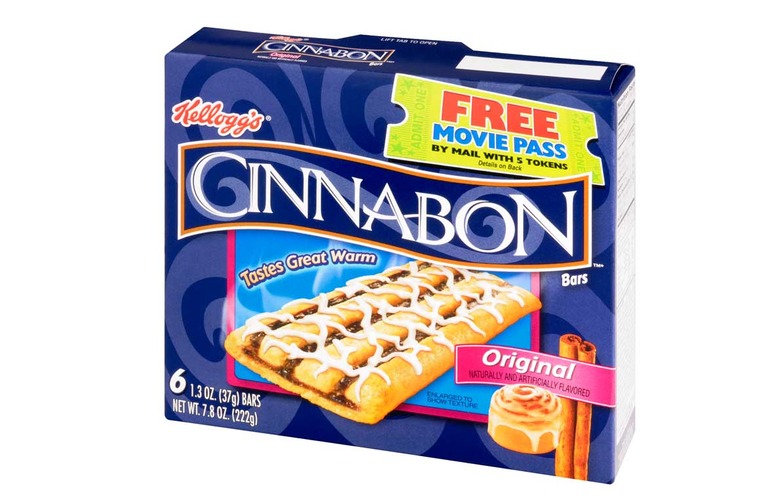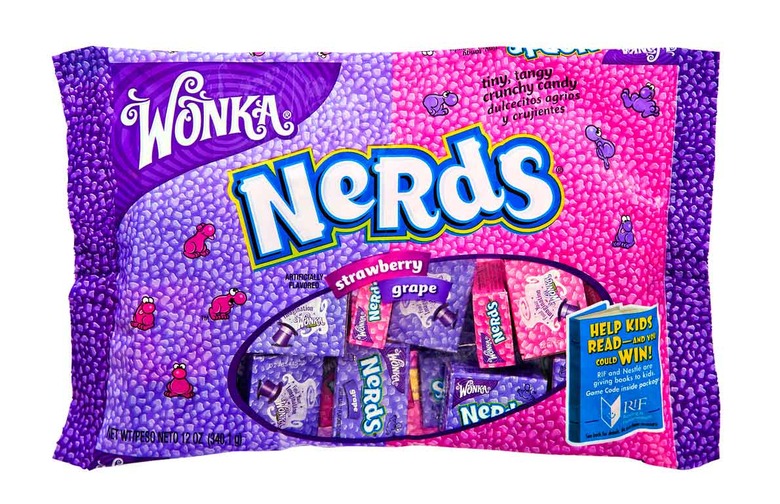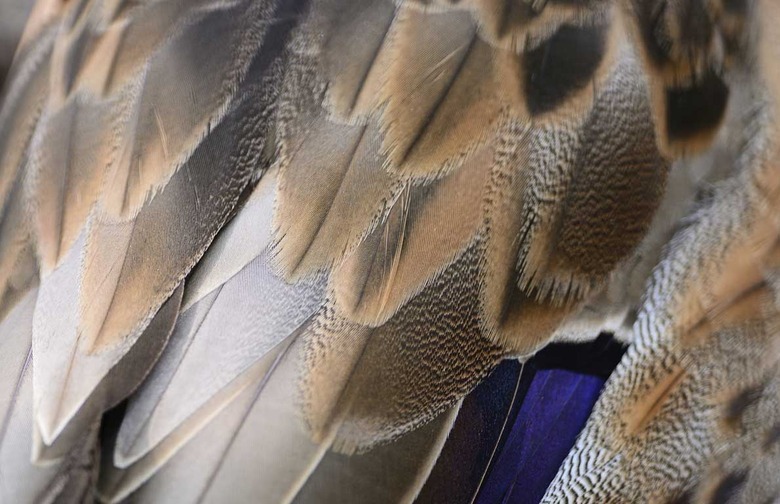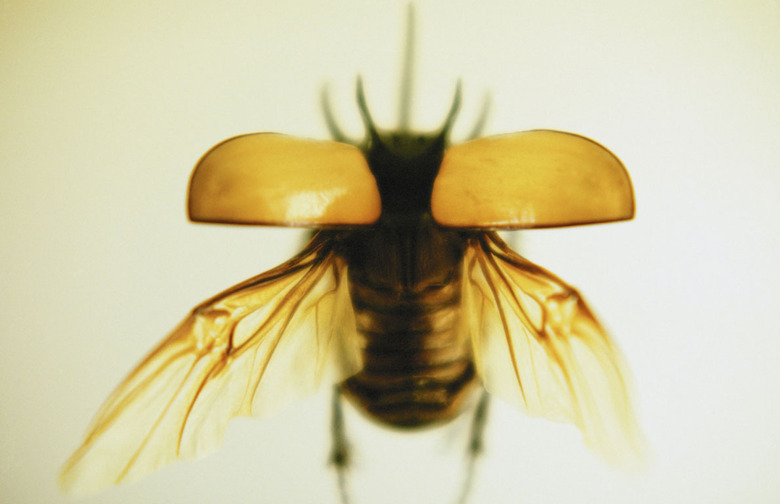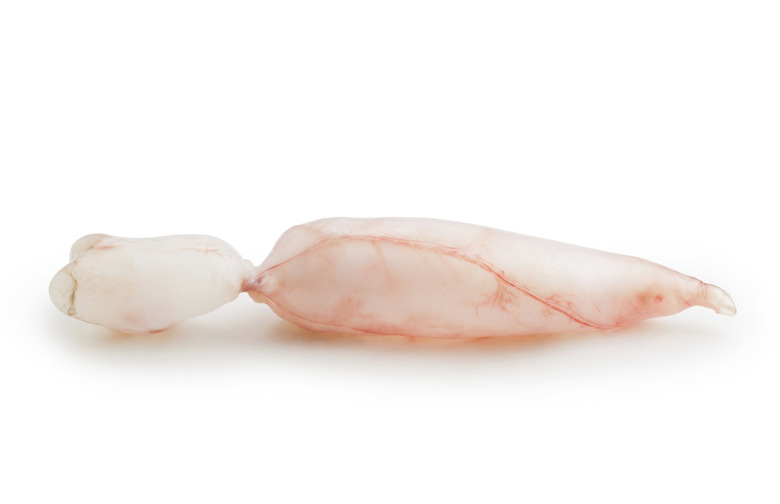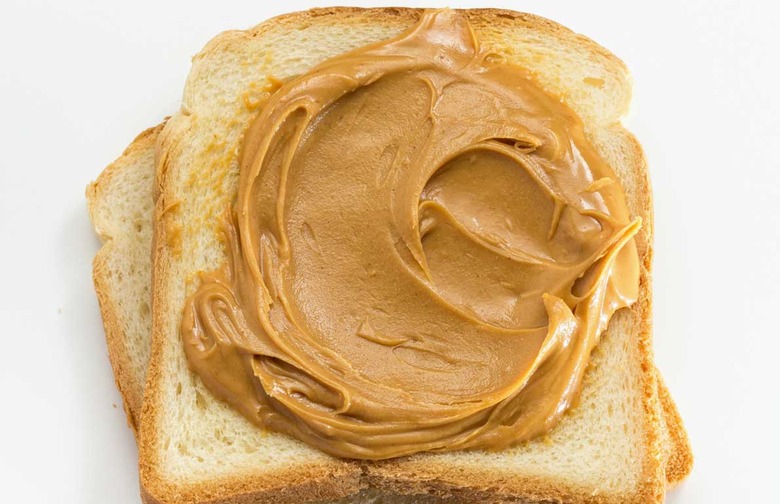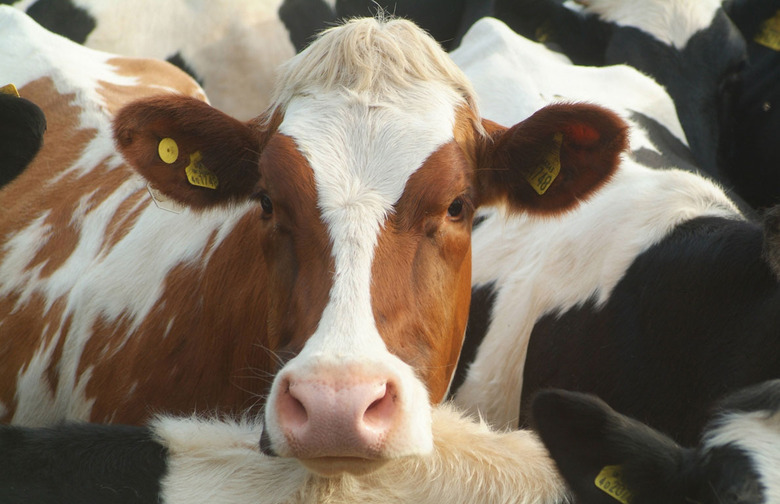Wood, Bugs, And Other Gross Things You Didn't Know You Were Eating
Cellulose is an indigestible fiber that's used as an "extender" in the food industry, meaning that it can take the place of everything from meat to fat. It appears in ingredient listings as cellulose gum, powdered cellulose, and other names, but the source of it is usually the same: tree pulp, a cheap, non-toxic additive. Cellulose is an ingredient in everything from McDonald's McRibs to Eggo Blueberry Waffles and Morningstar Farms Chick'n Nuggets.
Cochineal Extract
Cochineal extract, also known as carmine in a more refined state, is a very common red food coloring that's made by drying beetles collected from prickly pear cactus plants, then crushing them and extracting the bright red fluid. It's found in plenty of foods, ranging from strawberry Yoplait to Nerds candies, and Starbucks was forced to find other ways to color its Strawberry Frappuccino in the face of public outrage.
Hair and Feathers
A non-essential amino acid called L-Cysteine is usually used as a dough conditioner, and is a common ingredient in manufactured pizza doughs, cookies, pastries, and fast-food breads. As recently as 10 years ago, the primary source of this chemical was human hair swept up from the floors of Chinese barber shops, from which it would be extracted through a complex chemical process. Nowadays its primary source is duck feathers, which still isn't exactly appetizing, but a lot better than barber shop cast-offs. The amino acid can be found in everything from Einstein Bros Bagels to McDonald's apple pies.
Lac Beetle
Ever hear of shellac? It's used in just about every industry where a shiny outer layer is needed, from pharmaceuticals to woodworking. But it's also used to give lots of food, especially candies, that shiny shell. In order to make shellac, the sticky, sap-based secretions of a female lac bug are scraped from the bark of a tree before being placed into a canvas bag and heated until liquefied. The bark and insect parts stay behind and the shellac leaks through. It's broken up into flakes, then dissolved in alcohol to bring it back to liquid state. In food, shellac is what gives the vast majority of the candies you eat (from Milk Duds to Whoppers to Raisinettes to Jelly Belly jelly beans) that shiny outer shell.
Isinglass
Isinglass is a form of collagen that's been used since the 1700s to clarify wine and beer, and also happens to be derived from fish bladders. Today it's most commonly used in cask-conditioned English beers and (unfortunately) Guinness, and the vast majority of it is filtered out during the production process. Some usually remains behind, however.
Ammonia
"Pink slime," that gooey mass of leftover meat trimmings we've heard a lot about, is treated with ammonia, but lots of foods are full of ammonia too, both artificial and naturally-occurring. Everything from onions to ketchup to peanut butter has trace amounts of ammonia in it, but the food with the most ammonia is blue cheese, which contains .138 grams per 100 grams, nearly seven times as much as a burger made with pink slime.
Rodent Hair, Insect Fragments
According to the FDA's Defect Levels Handbook (yes, such a thing exists), peanut butter is allowed to contain one rodent hair per 100 grams (about six tablespoons), as well as 30 or more "insect fragments." So if a few bugs crawl into the vat, no biggie. Also, just about all ground spices are allowed to contain up to 30 insect fragments as well. As for ground cinnamon? The government allows up to 400 insect fragments and 11 rodent hairs per 50 grams, so... bon appétit.
Propylene Glycol
Propylene glycol is the primary ingredient in non-toxic antifreeze, and is commonly used as a thickener, sweetener, and preservative in food products. It turns up in everything from Fireball whisky to Dunkin' Donuts iced teas, Coldstone Creamery ice cream, Duncan Hines yellow cake mix, and Kraft Greek Vinaigrette.
Rennet
Real cheese only has a few ingredients: milk, a mild acid, salt, and rennet. Without the rennet, the milk wouldn't curdle, creating the curds that eventually become cheese. So what is rennet? It's an enzyme derived from the stomachs of ruminant animals like calves, lambs, or goats. Only one teaspoon is added for every four gallons of milk, and most of it drains away after the curd is cut from the whey, but a little always remains. If you're still squeamish, some cheeses are made with vegetable-based rennet.
